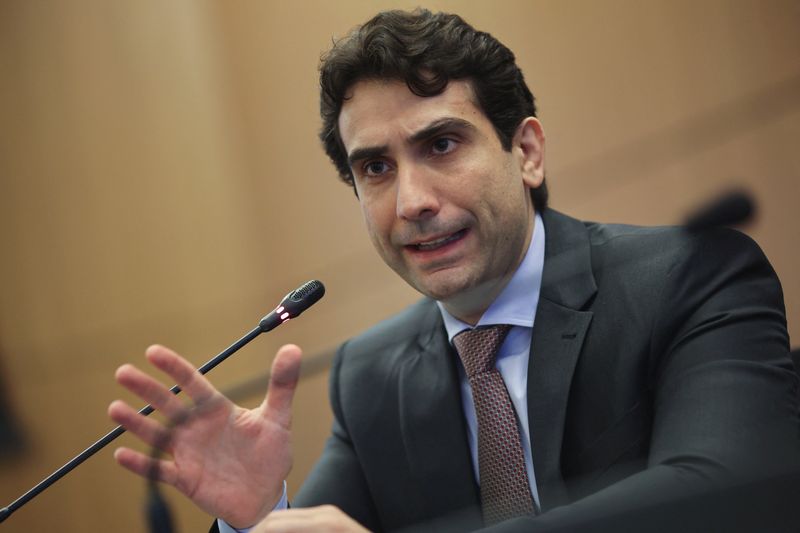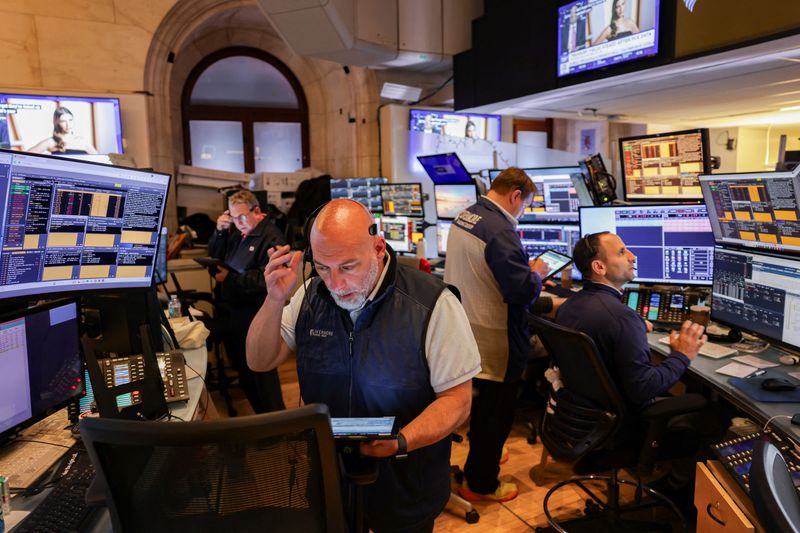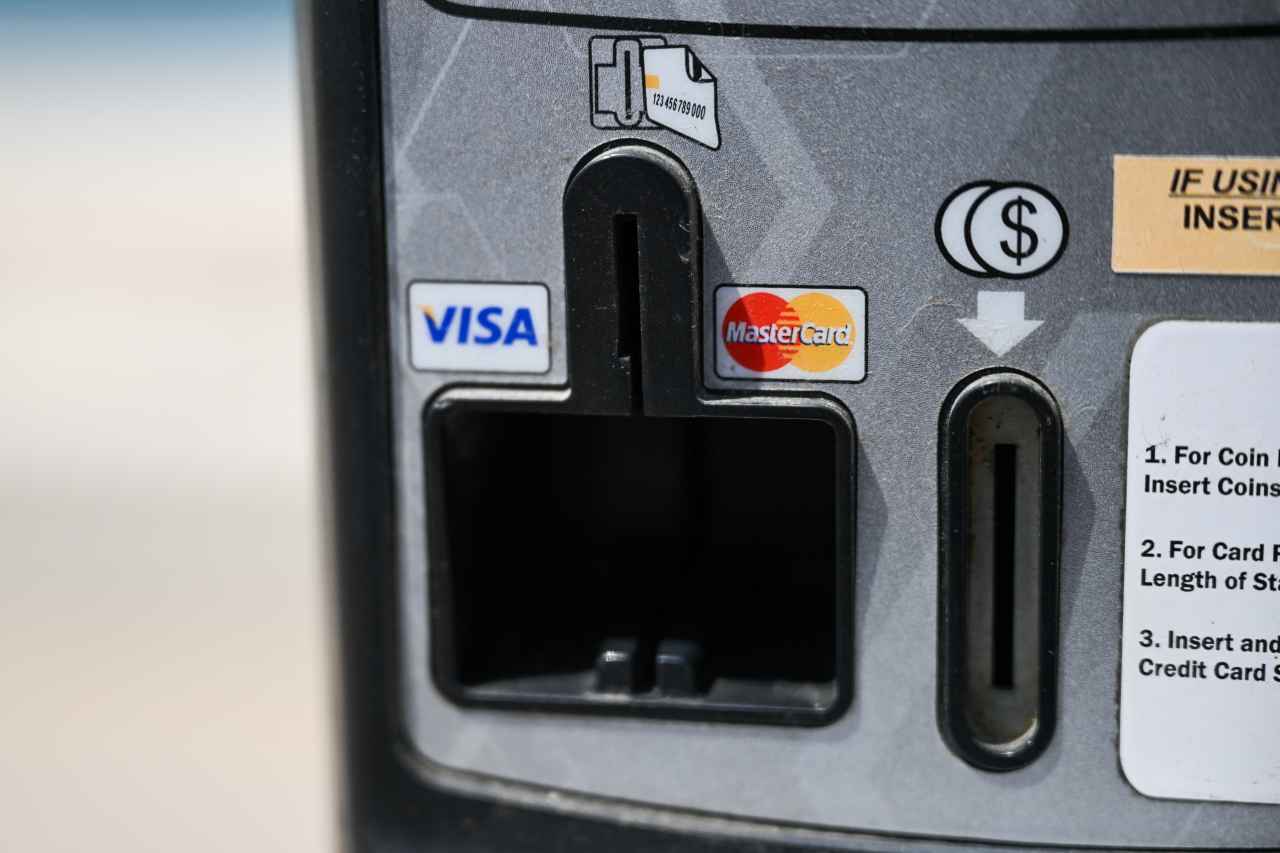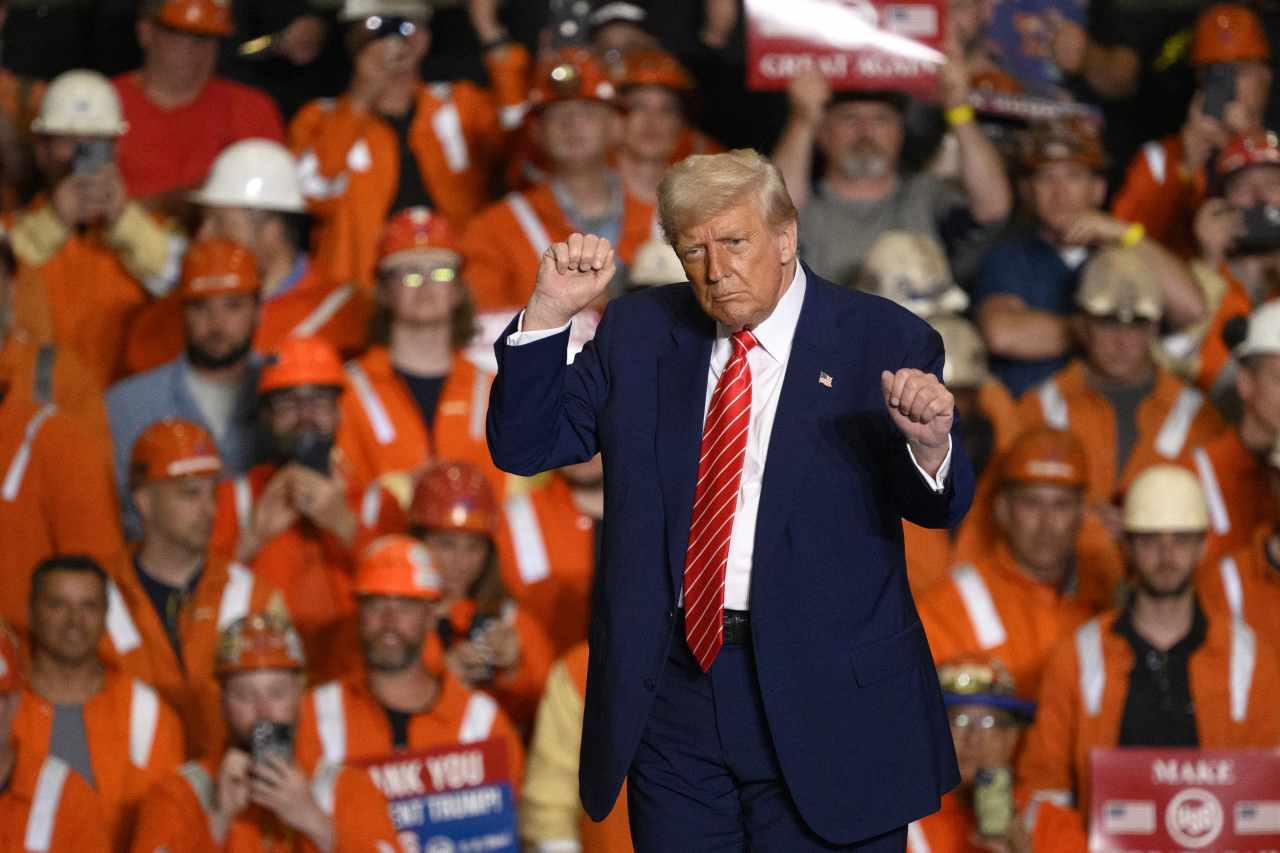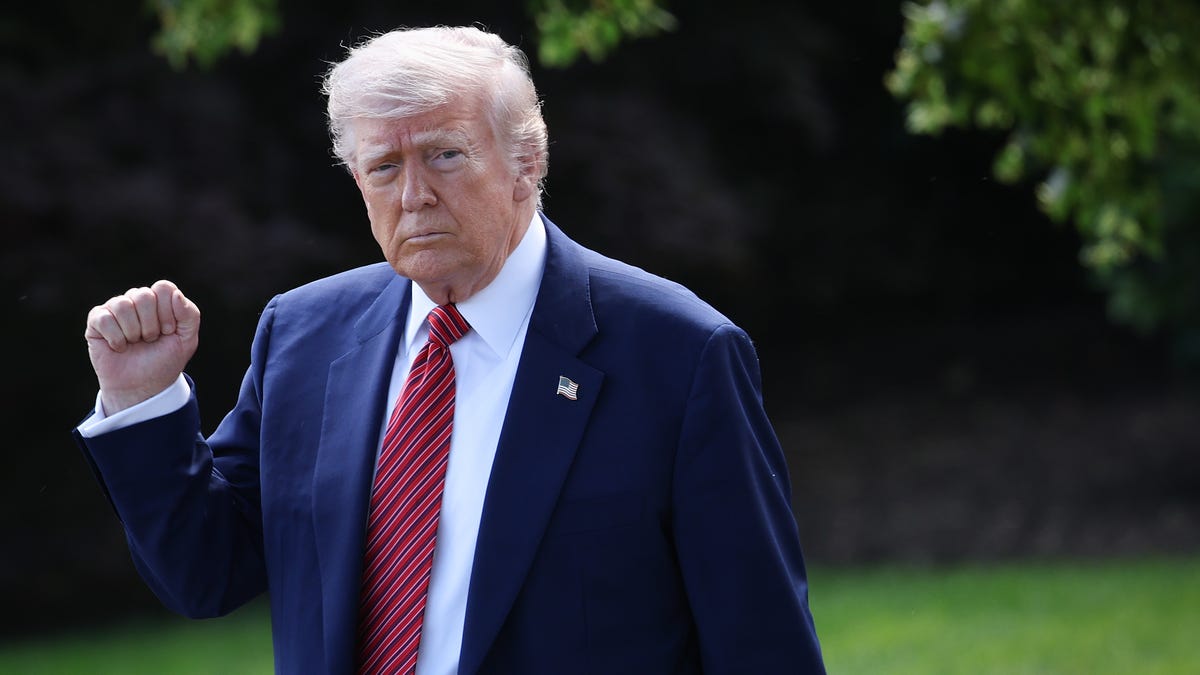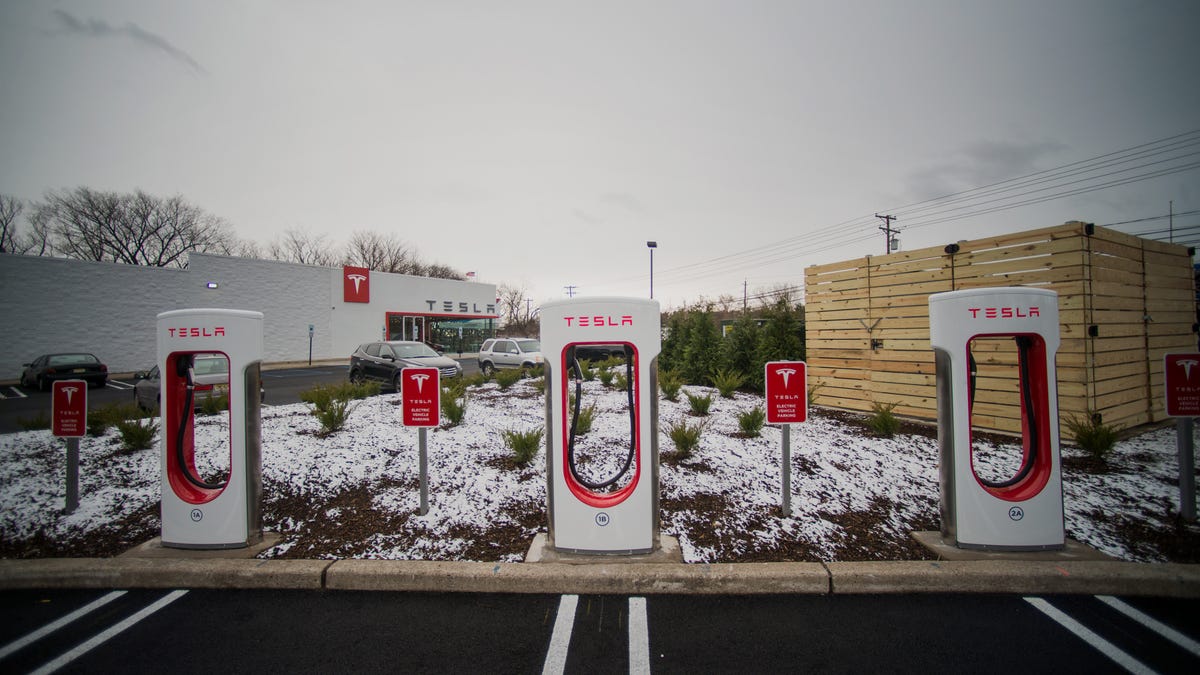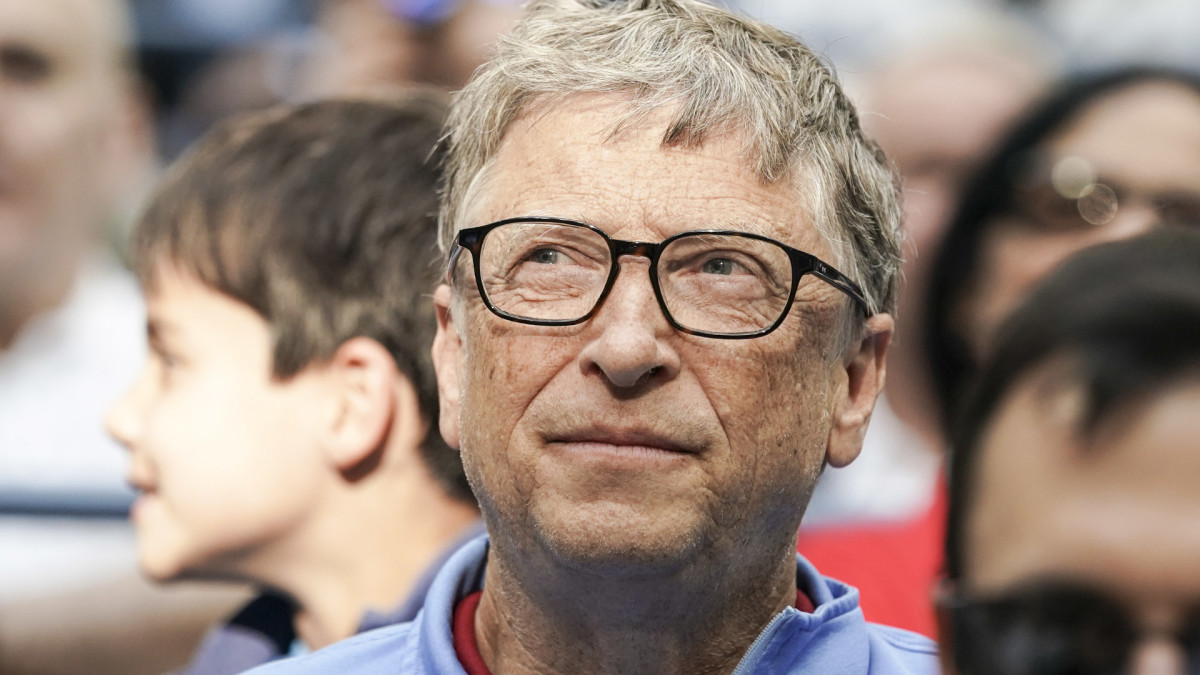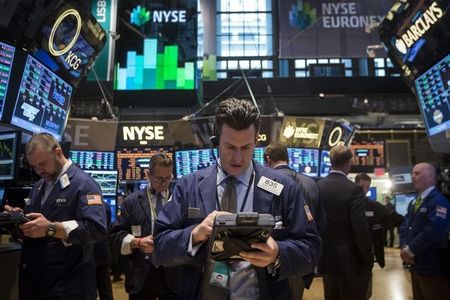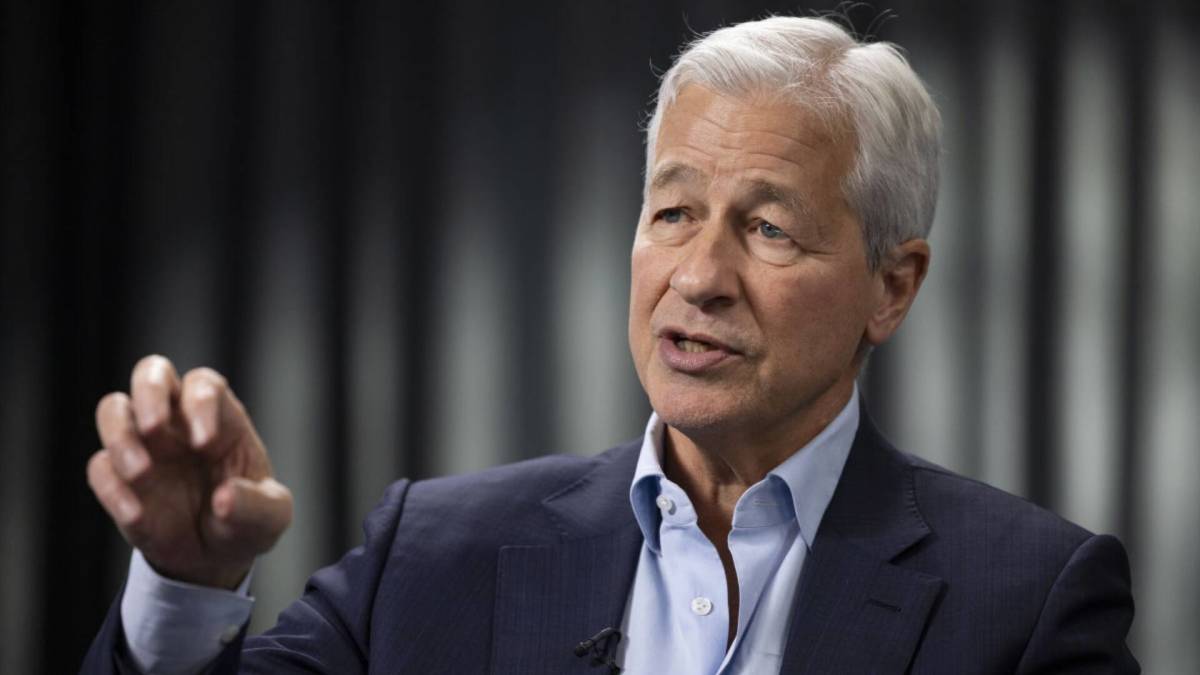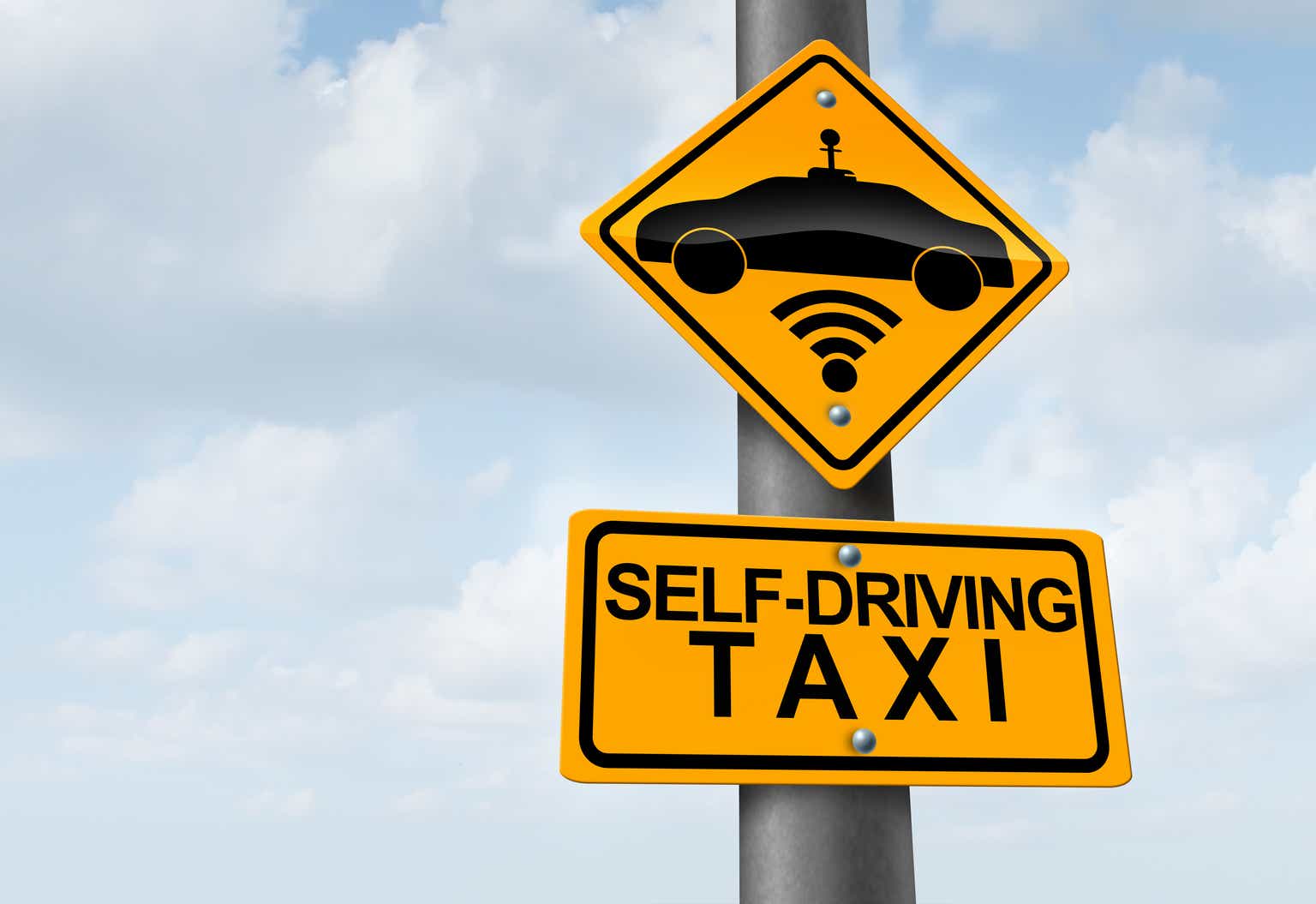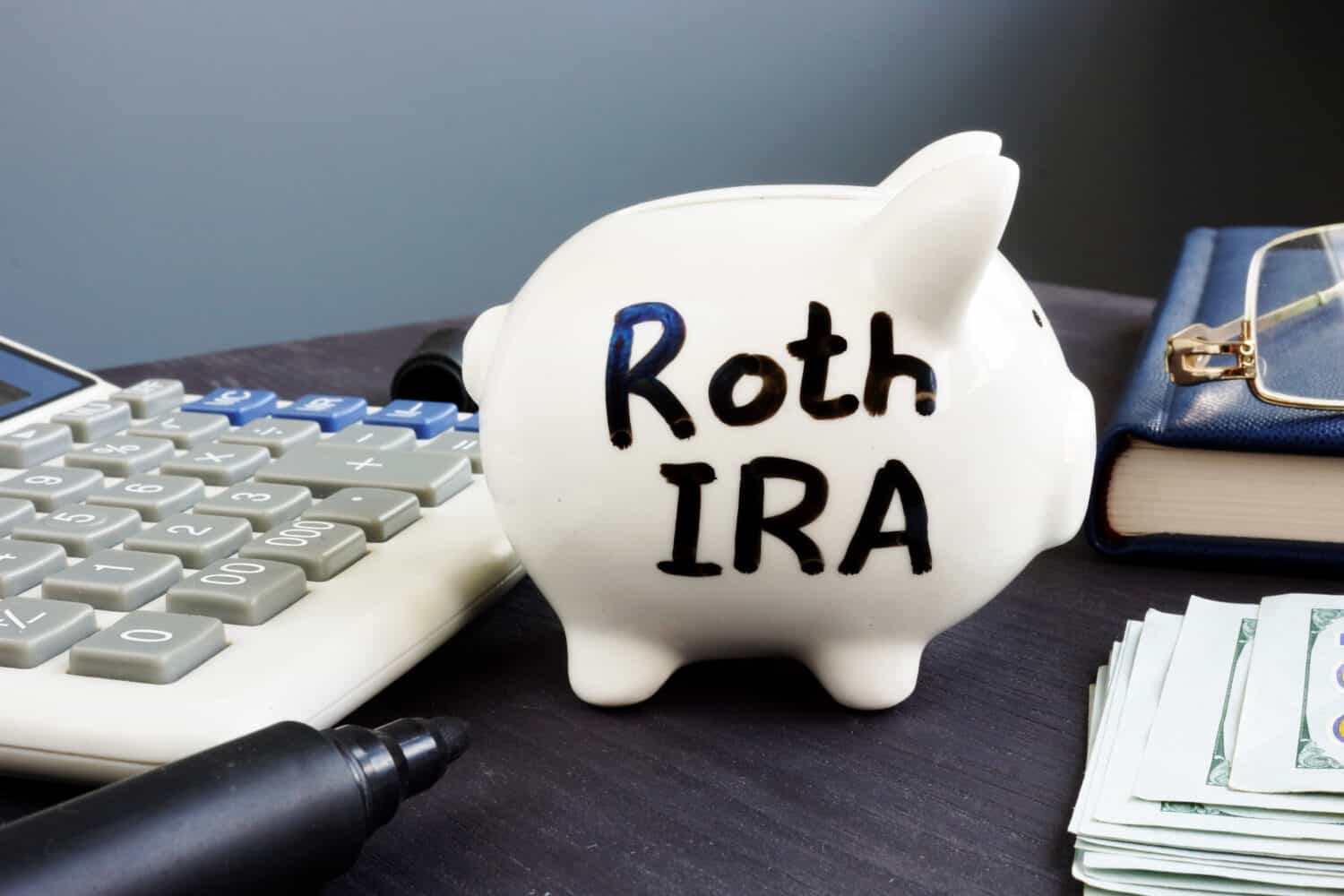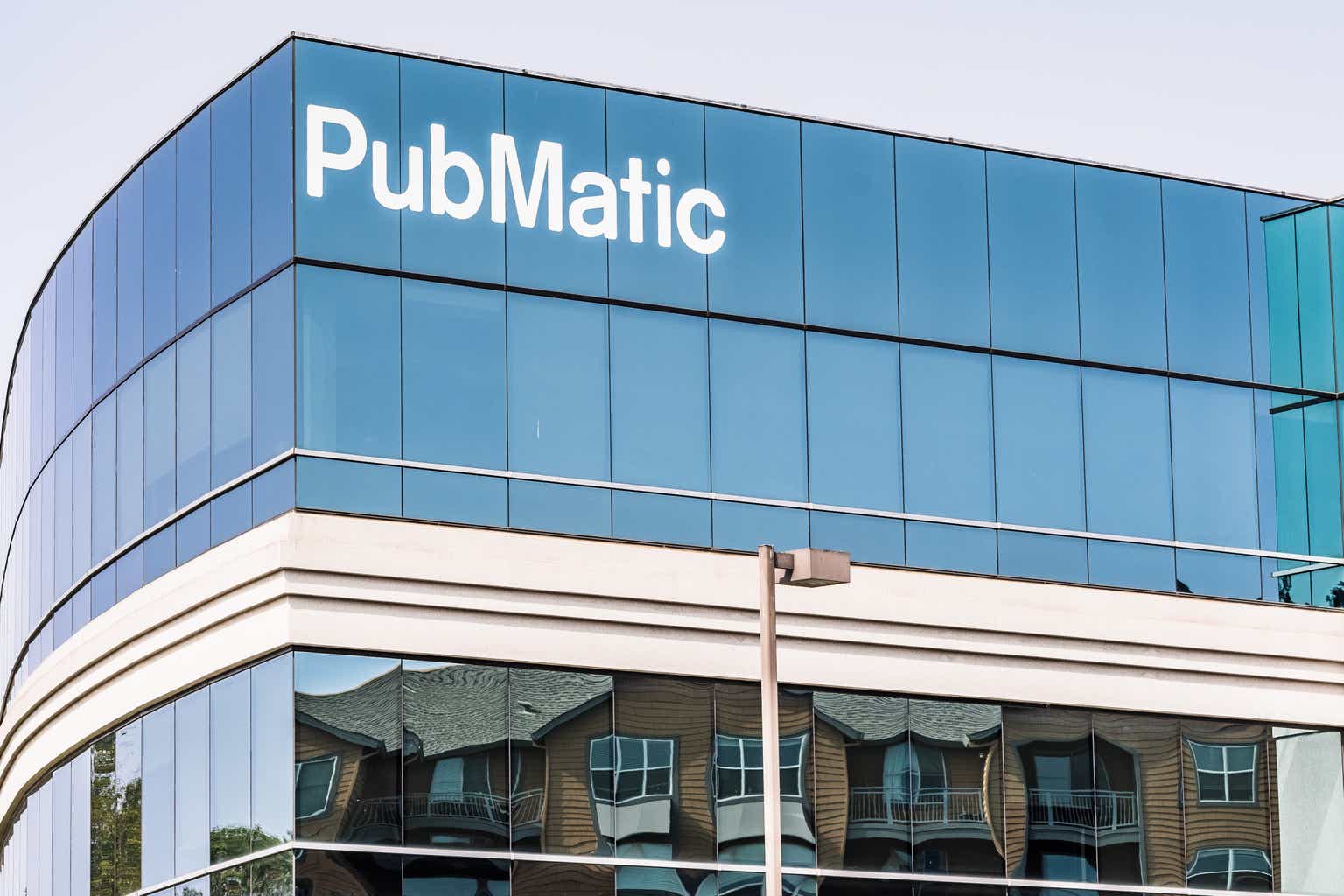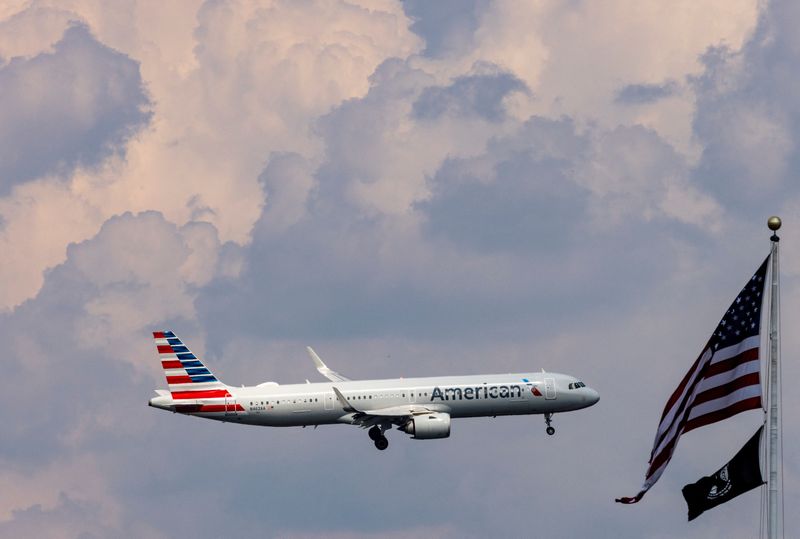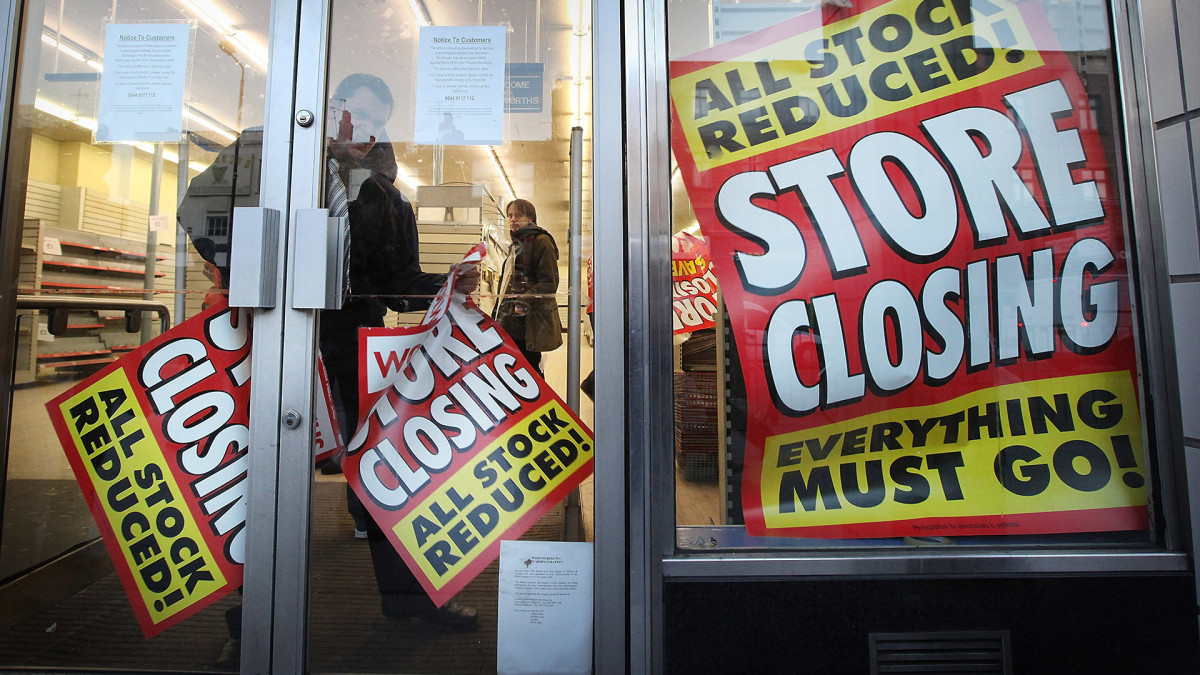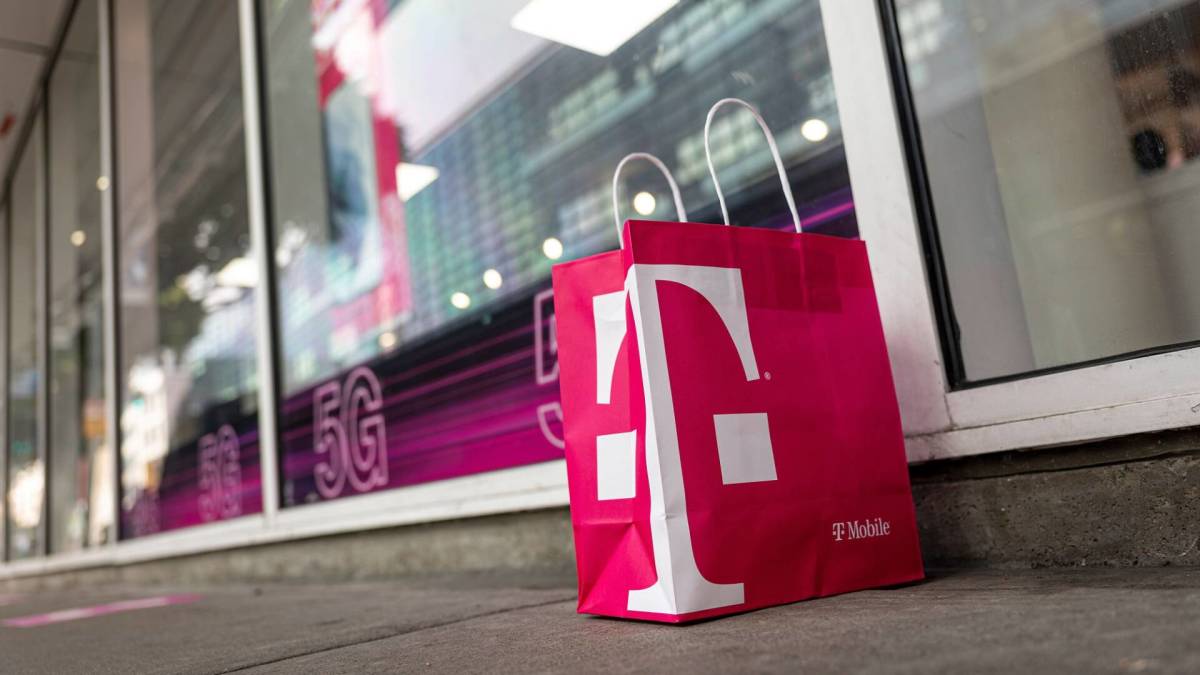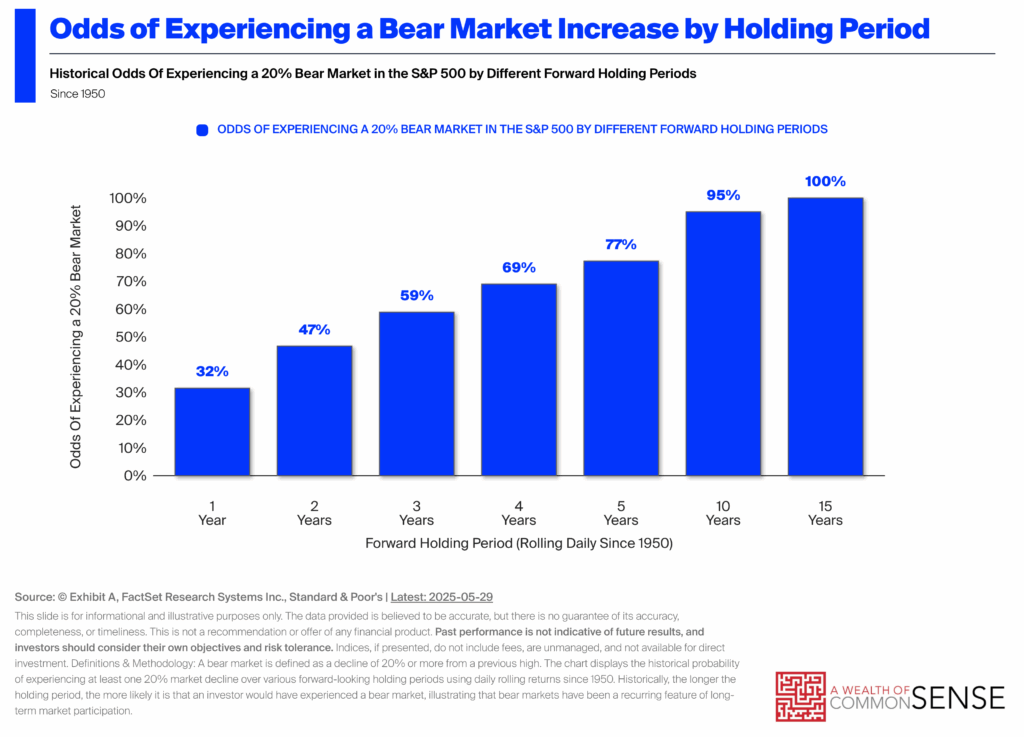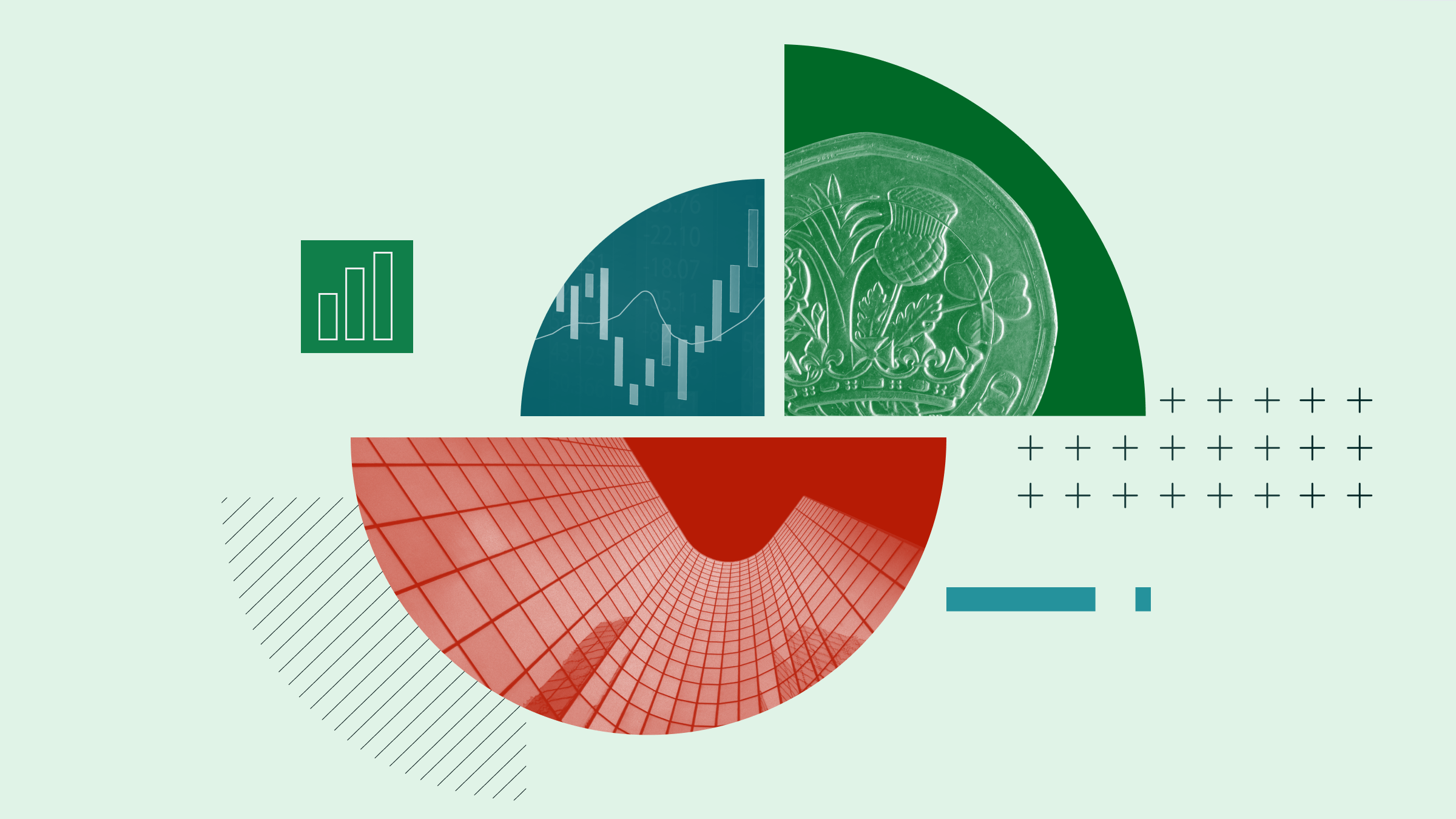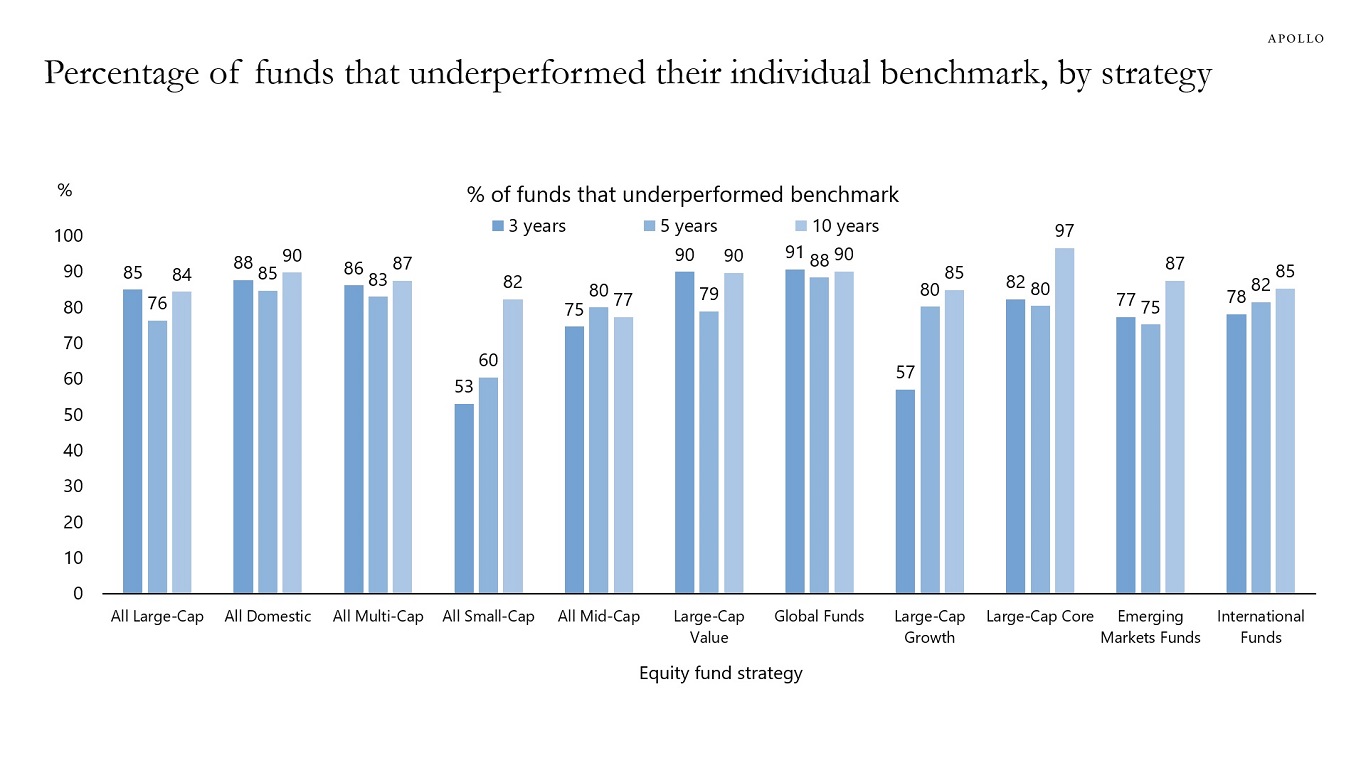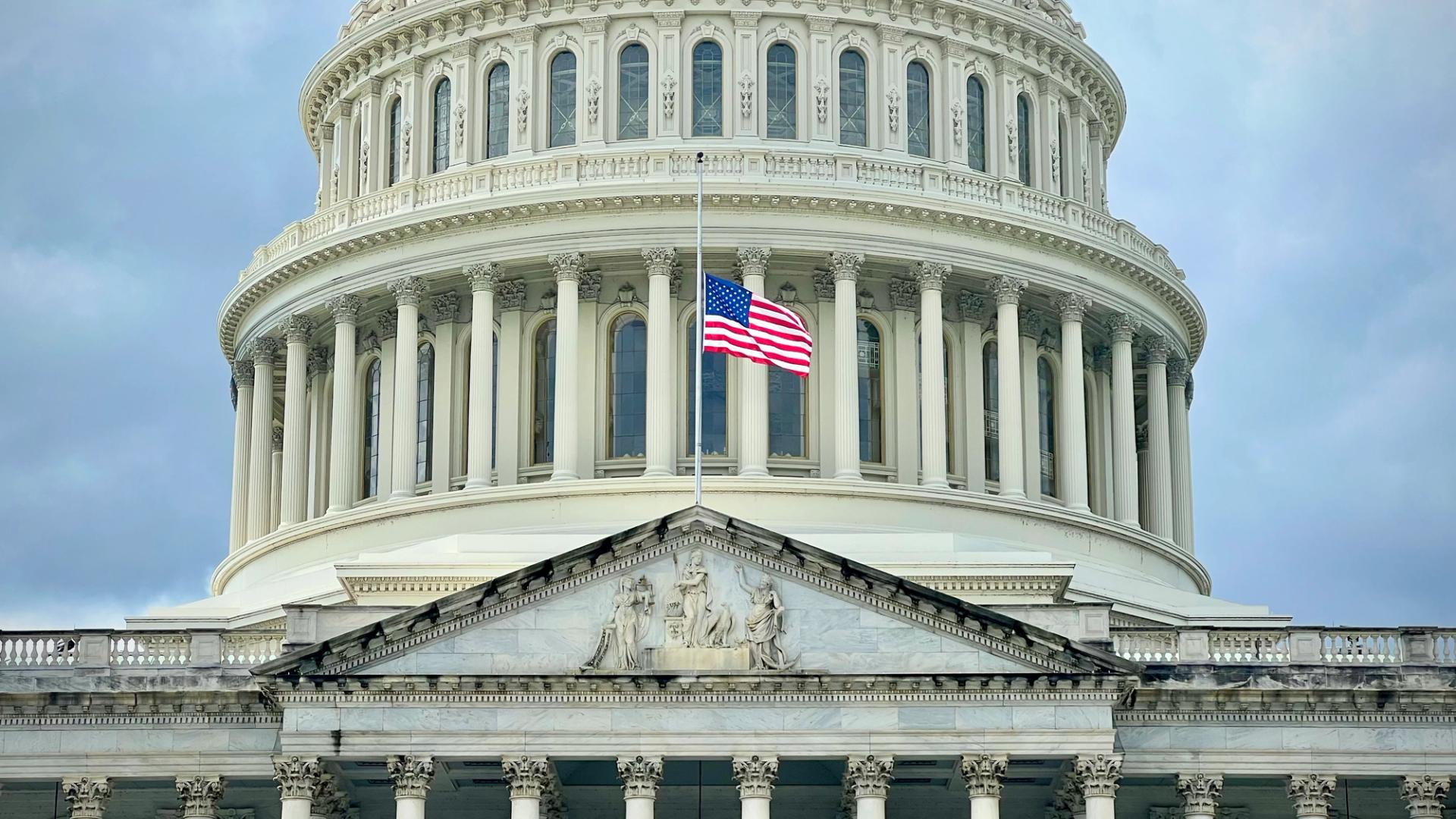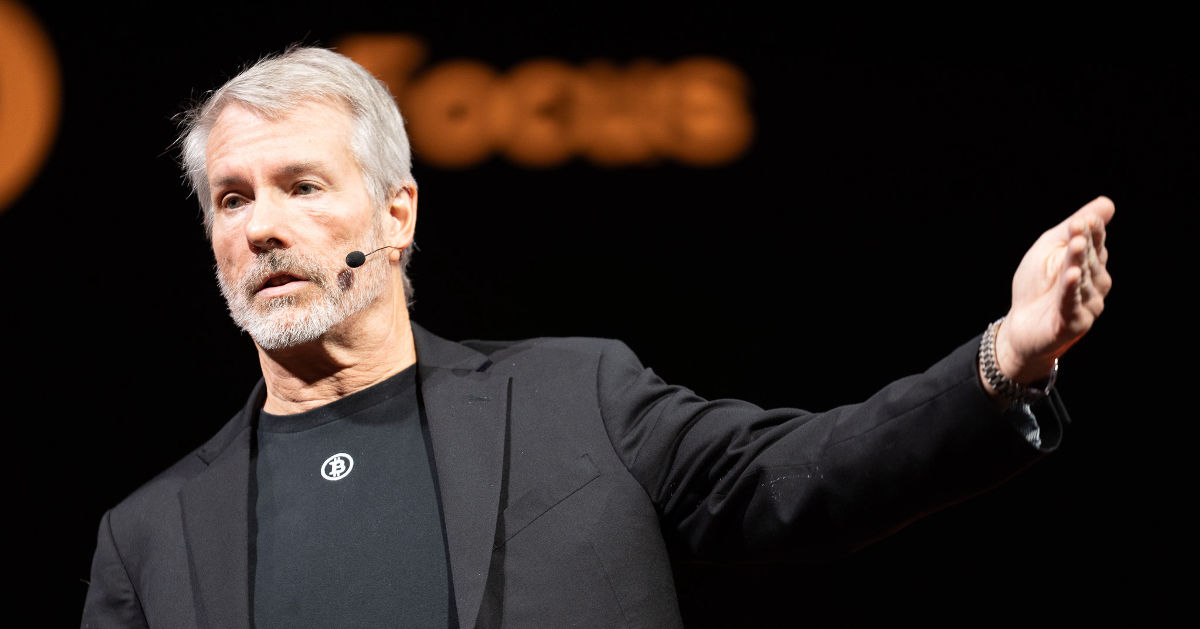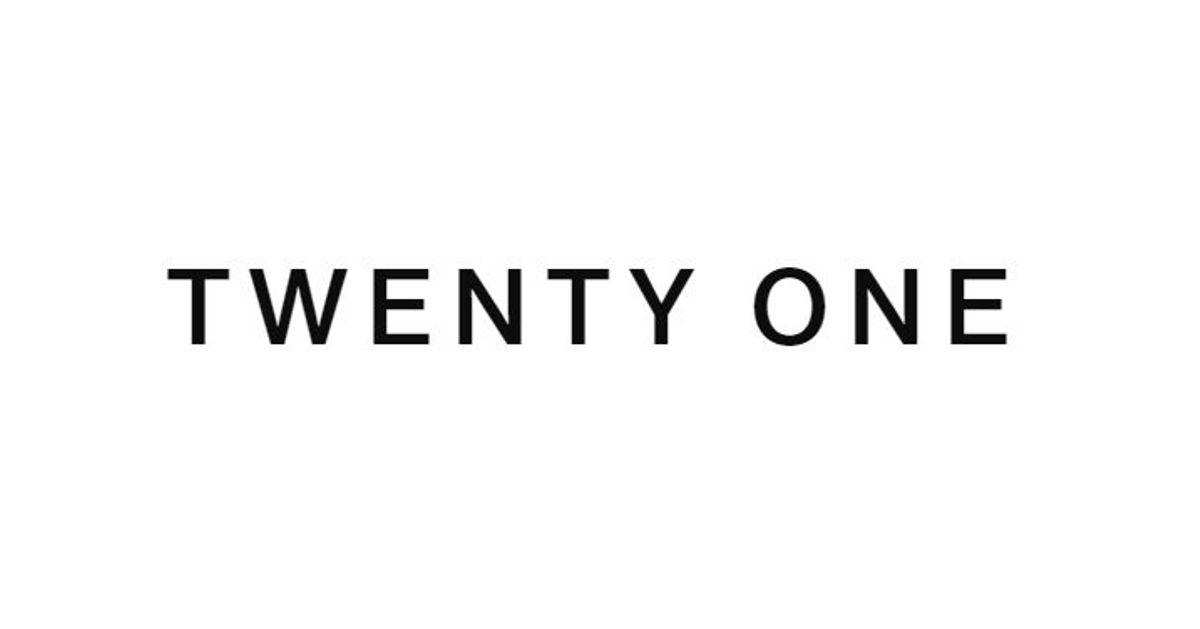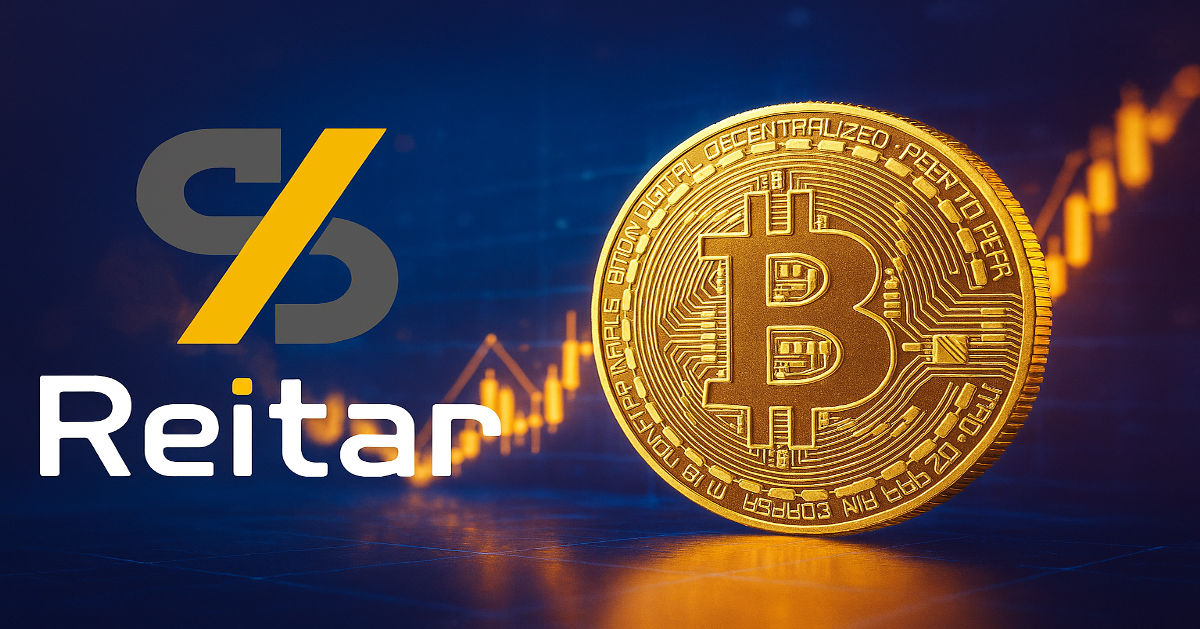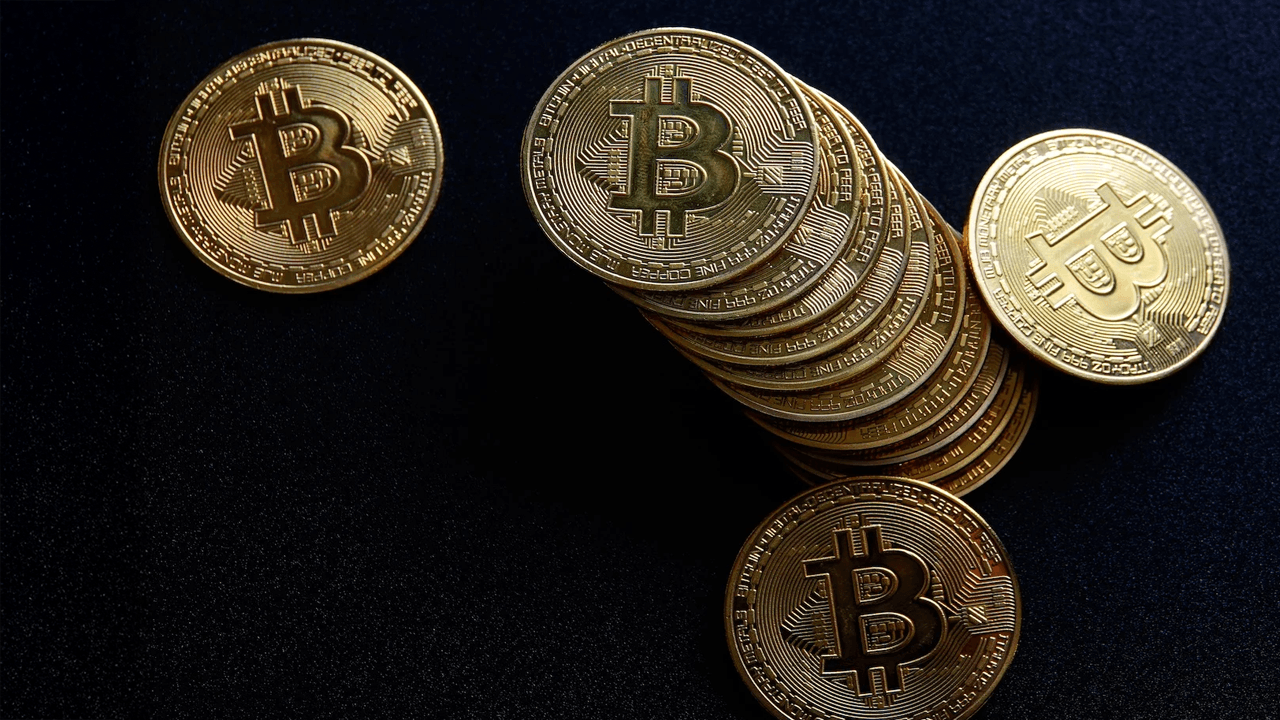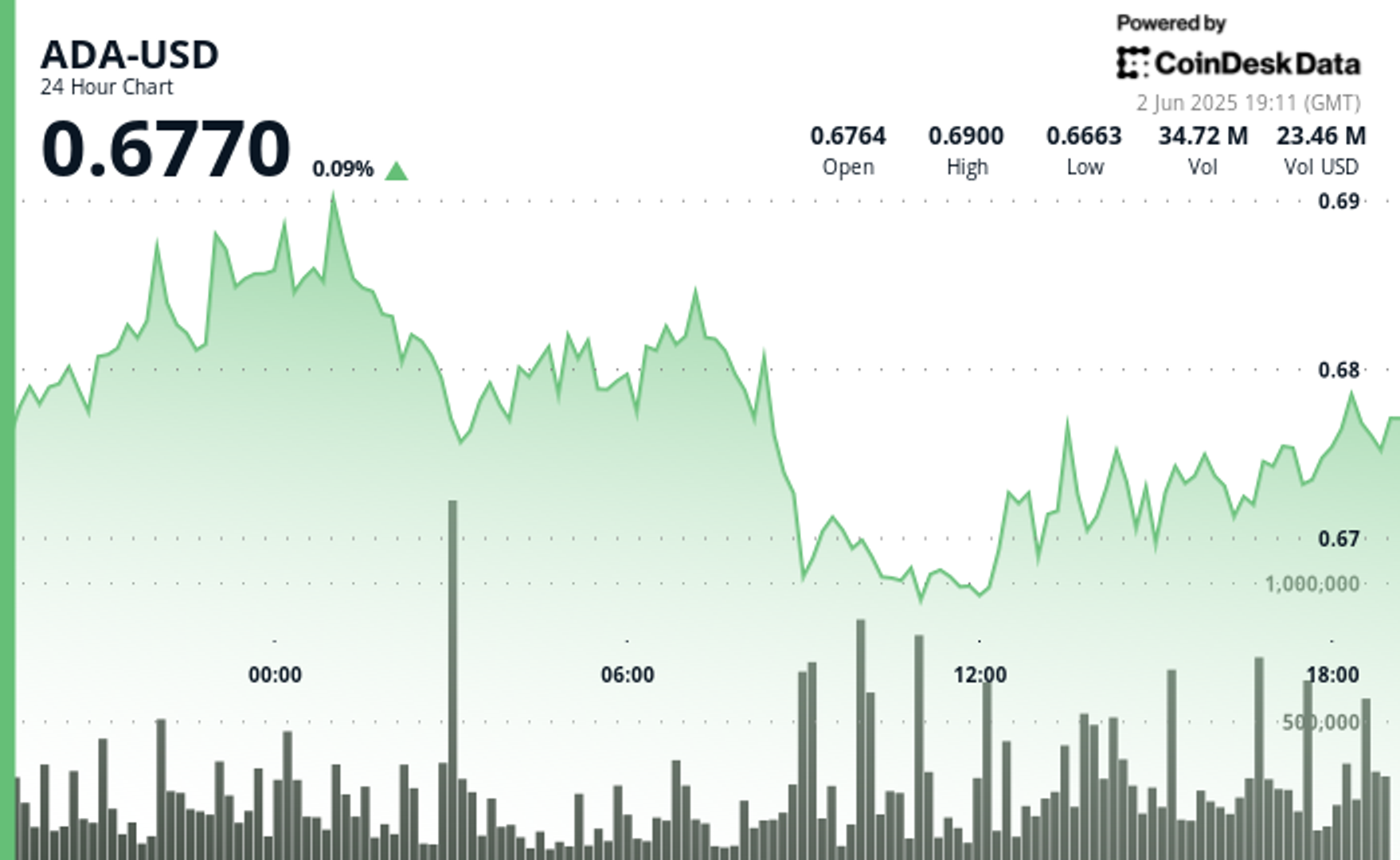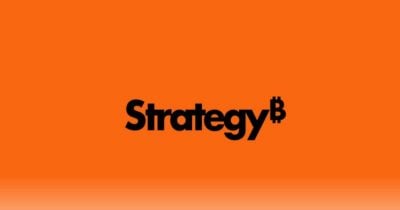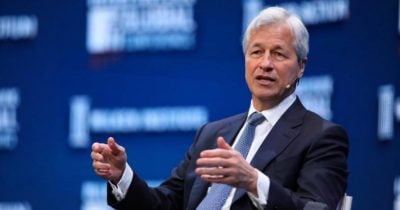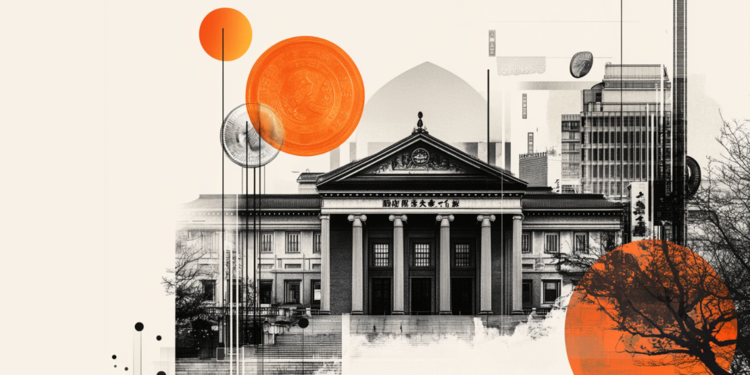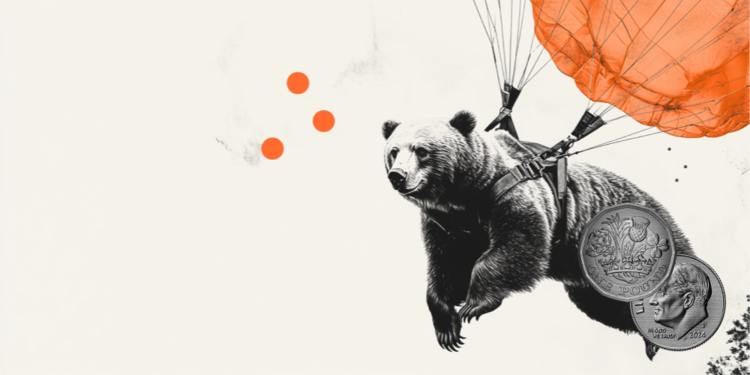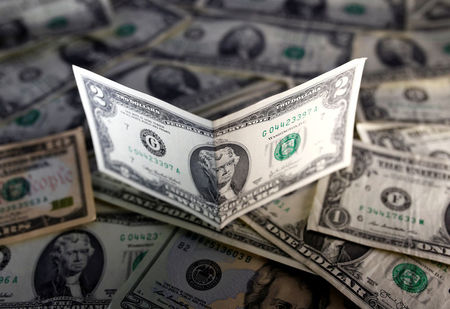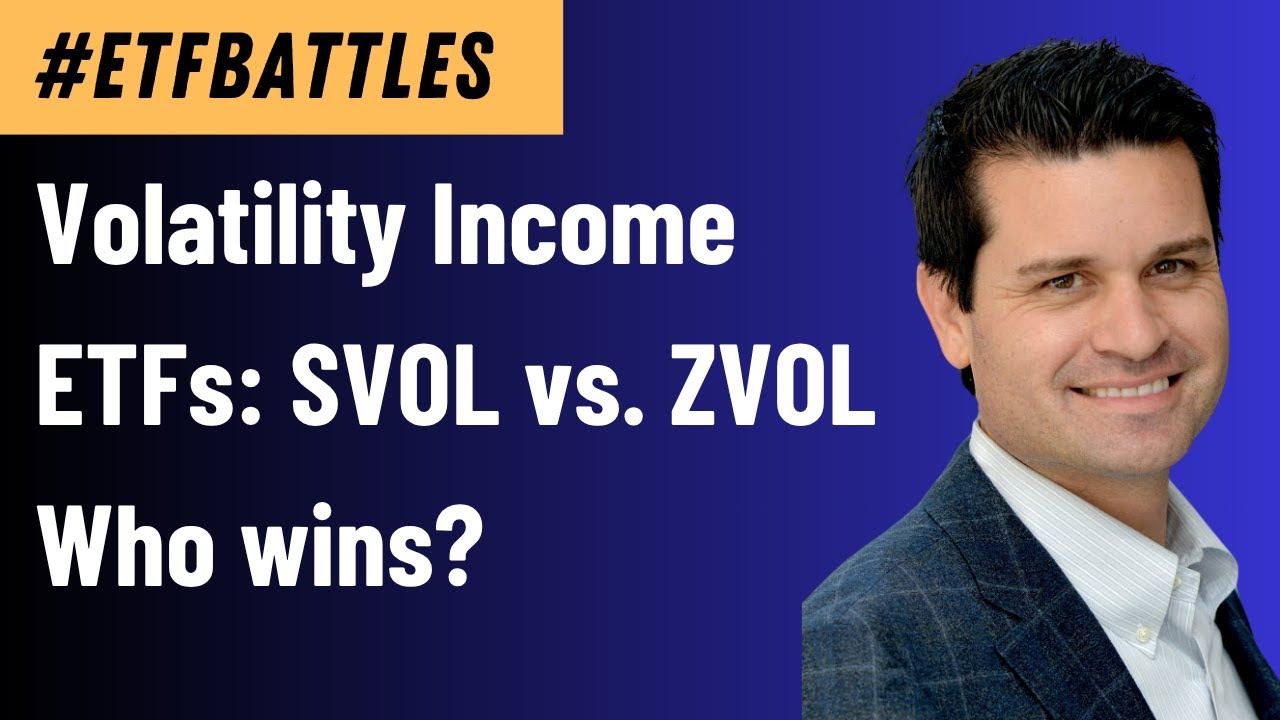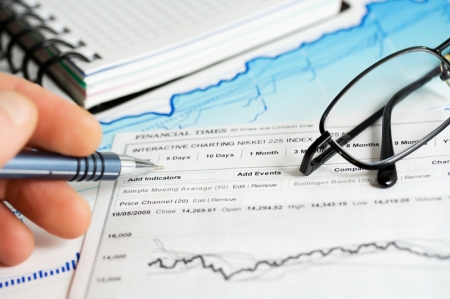A $1 billion hearing aid company is reinventing itself using AI—to destigmatize hearing loss while offering the ultimate personal assistant
Starkey recently introduced its EdgeAI hearing aids.

- Starkey, the only American-owned major hearing aid manufacturer in the world, recently launched a hearing-aid model that uses AI to improve sound quality and also provide features like fall detection, medication reminders, and an AI personal assistant. Although Apple has said its AirPod devices can be used as a hearing aid, Starkey aims to make its products even more advanced.
When Jackson McConnell was 11 years old, he decided to take combating his severe hearing loss into his own hands. While researching hearing aids on his mom’s old Dell computer in the kitchen, he discovered Starkey, a hearing-aid company that’s been around since 1967.
McConnell said he penned a note to the company’s founder, Bill Austin, “out of desperation,” writing: “I just want to hear I want to be like you. I want to be able to try your hearing aids, so badly.”
Austin received the letter—and invited McConnell to be personally fitted by him.
“I truly heard the world and the people around me for the first time to the fullest extent,” McConnell told Fortune. “Everything before that was muffled sounds and very poor hearing.”
Before McConnell discovered Starkey, he had “tried just about every single possible hearing aid, brand, type device under the sun,” McConnell said. “Unfortunately, while they allowed me to hear better than I could without my hearing loss, nothing—nothing—ever got me to the point where I felt whole.”
Starkey started as a small hearing-aid repair shop, but has become a leader in hearing-aid technology, recently betting big on artificial intelligence and reporting $1 billion in annual revenue. It’s also the only American-owned major hearing-aid manufacturer in the world. Approximately 1 in 8 Americans over the age of 12 have hearing loss in both ears, according to the National Institute on Deafness and Other Communication Disorders. For reference, the global hearing-aid industry is valued at about $8 billion.
McConnell, who got his first pair of hearing aids at just six weeks old, said growing up with hearing loss caused him to feel a “profound sense of isolation.” Although he could undoubtedly hear better with any hearing aid than he could without, his severe hearing loss made it difficult to experience the depth and nuances of sound.
The future of hearing aids
Since that first fitting, McConnell says he gets new Starkey hearing aids when they update their models—and the devices have seen substantial improvements since the company started focusing on implementing AI.
Its Edge AI hearing aid, which the company launched last October, actually mimics the brain’s auditory cortex to enhance speech, reduce noise, and help users understand complex soundscapes (think hearing both the rustling of leaves on trees and birds chirping—and how far away they are). That’s different from traditional hearing aids that essentially just amplify sound.
The Edge AI hearing aid also includes fall detection features, which will notify up to three people if the user falls. It also comes with medication reminders and a personal AI assistant that can translate 72 different languages, and even tell users what the weather is like outside.
These features also help destigmatize hearing loss and the use of hearing aids, Brandon Sawalich, president and CEO of Starkey, told Fortune.
“People don’t want to get hearing aids because they’re getting older. They’re going to be stereotyped,” Sawalich said. “I wanted to take the hearing aid, and redefine it and reinvent it. And that’s what we’ve done.”

These devices can cost anywhere between $3,500 and $5,750 since they’re sold through hearing health care professionals. There are varying costs to these devices based on the features users need (which dictates the model they’ll need to purchase). Health care professionals can also charge a range for their services, which ultimately affects the consumer price for the product. Insurance deductibles, health savings plans, as well as programs like Medicare and Medicaid can also affect the price of hearing aids.
For those who can’t afford the devices, there are state programs that can help cover the cost, and Starkey also offers a program where customers can apply to get the device for free, Sawalich said. On average, prescription hearing aids purchased from a hearing professional range from $1,000 to $4,000, according to the Hearing Industries Association.
While there are other hearing aids on the market that are cheaper—just like anything else—you get what you pay for. Many hearing aids that simply amplify sound can create muffling, distortion, and feedback. Apple says its AirPods Pro 2 model, which retails for $250, can act as a clinical-grade hearing aid for mild-to-moderate hearing loss, but Sawalich says they won’t offer the same features Starkey hearing aids do.
“[They] allow for conversations to open up around hearing loss,” Sawalich said. “One of our biggest goals at Starkey is to put an end to the stigmas around hearing aids and bring attention to the comorbidities associated with untreated hearing loss. It starts with conditioning the public.”
With increased awareness, it’s more likely people will get their hearing tested and seek out treatment options, he added.
Sawalich has also called the ear “the new wrist,” referring to the growing industry of wearable tech—like Apple Watches, Woops, Oura rings, and the like. That’s led Starkey to develop new products that can also help prevent hearing loss.
“I would be irresponsible if I’m not thinking diversification, but for the right reasons,” Sawalich said. “We’re in the people business. Yes, you have to make money, but you have to provide a product that somebody finds useful. And we’re not consumer electronics. A hearing aid is not a commodity.”
Starkey’s SoundGear Shield helps protect against severe hearing loss; the company sells this product to first responders, the government, as well as companies and industries, with their biggest customer being the Veterans Administration. But these products can also be helpful for teenagers who are regularly exposed to loud sounds through things like video games, music, and other electronics.
“No pun intended, but it’s a silent pandemic,” Sawalich said. “Once you lose your hearing, you can’t get it back.”
This story was originally featured on Fortune.com





